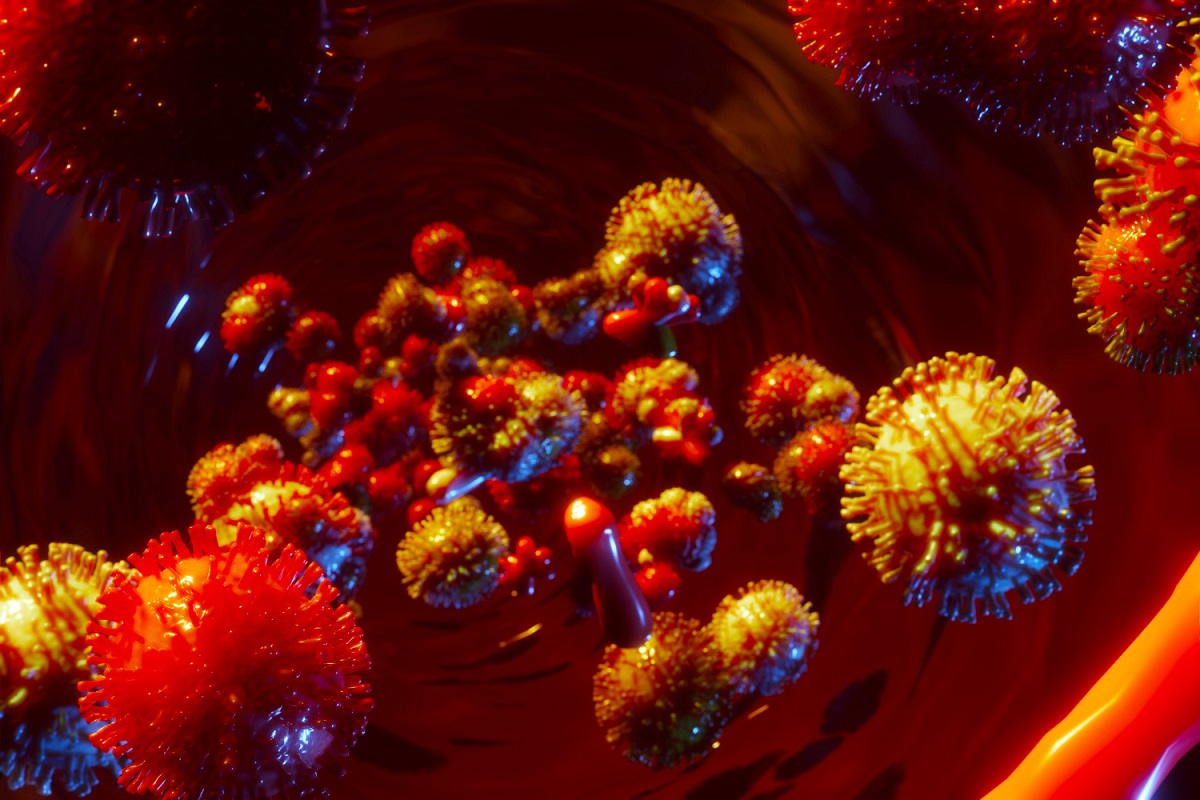KEY TAKEAWAYS
- The study aimed to investigate the efficacy of targeted ADCs in treatment of pts with CC.
- TROP2, TF, and NECTIN4 exhibit high expression levels in CC, clinical trials can further reveal their feasibility.
Cervical cancer (CC) generally has a good prognosis. However, outcomes worsen significantly for patients (pts) diagnosed at later stages or with recurrent disease, and the treatment options become limited in their efficacy.
Antibody-drug conjugates (ADCs) have showcased their potential against several types of cancers. One such FDA approved ADC is tisotumab vedotin (TV) specifically for use in CC. These proteins- TROP2, Tissue factor (TF), and NECTIN4 are targets of interest because they are involved in pathways that could potentially be exploited for therapeutic intervention using ADCs like TV.
Mari Halle and the team evaluated the expression of specific target proteins—TROP2, TF, and NECTIN4—using immunohistochemistry (IHC) and efficacy of ADCs treatment in a population-based cohort of pts with CC.
About 525 pts with CC with comprehensive clinicopathological data, including follow-up records, were analyzed. IHC was employed to investigate the membrane expression of TROP2, TF, and NECTIN4 on tumor sections arranged in tissue microarrays (TMAs). Scoring of TMAs was conducted following a criterion similar to the HercepTest used in the detection of HER2 in breast cancer diagnostics.
Researchers discovered that all targets for ADCs exhibited specific membranous expression in tumor cells. Specifically, TROP2, TF, and NECTIN4 unveiled high expression levels (HercepTest 3+) in 37%, 29%, and 4% of the tumors, respectively. Further, 68%, 48%, and 12% of the tumors demonstrated medium to high expression (HercepTest ≥2+) of TROP2, TF, and NECTIN4, respectively.
High expression of TROP2 was found to be significantly associated with vascular space invasion (P=0.009) and histological types such as squamous, adenosquamous, and undifferentiated carcinomas (P<0.001). Similarly, high to medium expression of TF correlated with low histological grade (P=0.042) and squamous/adensquamous histology (P<0.001). High NECTIN4 expression was associated with low histological grade (P=0.03) and squamous histology (P<0.001). These findings made evident, the potential relevance of TROP2, TF, and NECTIN4 as targets for ADCs-based therapies in CC.
The study concluded that TROP2, TF, and NECTIN4 exhibit high expression levels in CC, clinical trials could provide valuable insights into the feasibility and therapeutic potential of ADCs in improving outcomes for patients with CC.
The study was funded by the Norwegian Cancer Society, the Norwegian Research Council, Helse Vest and the University of Bergen.
Source: https://cslide.ctimeetingtech.com/gynae24hybrid/attendee/confcal/show/session/4
Halle M, Ulvang M, Berg H, et al. (2024). “TROP-2, TF and NECTIN4 as targets for ADC treatment in cervical cancer.” Presented at ESMO-GC 2024, (Abstract 24MO).



